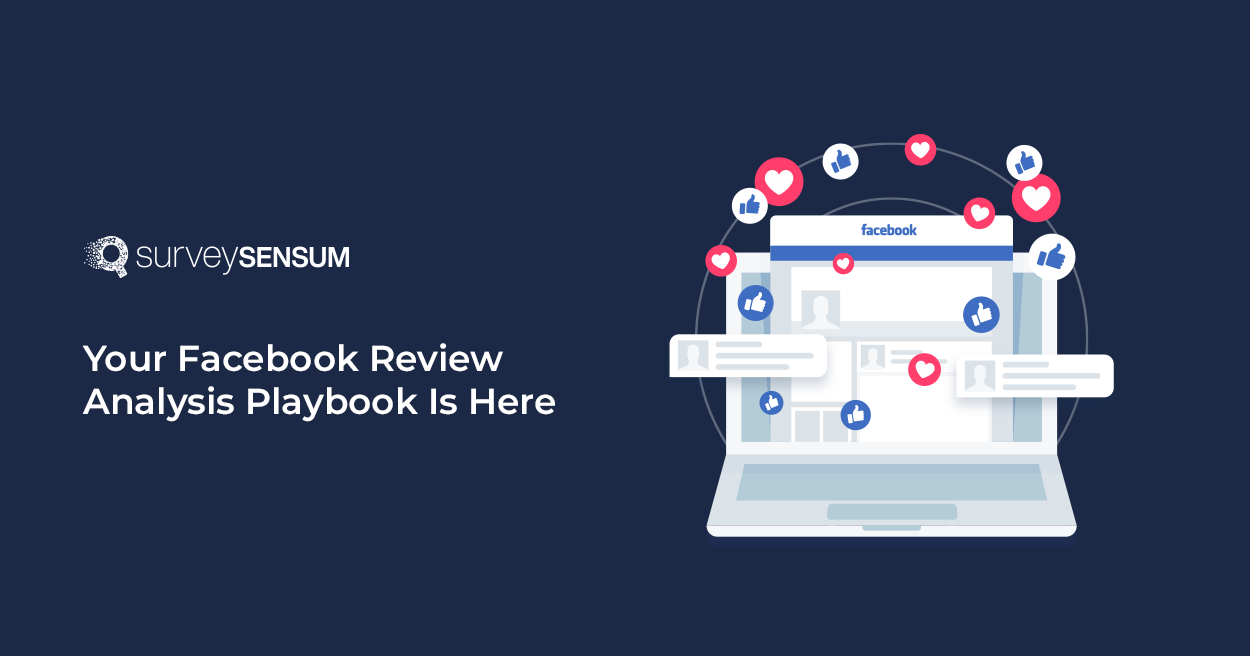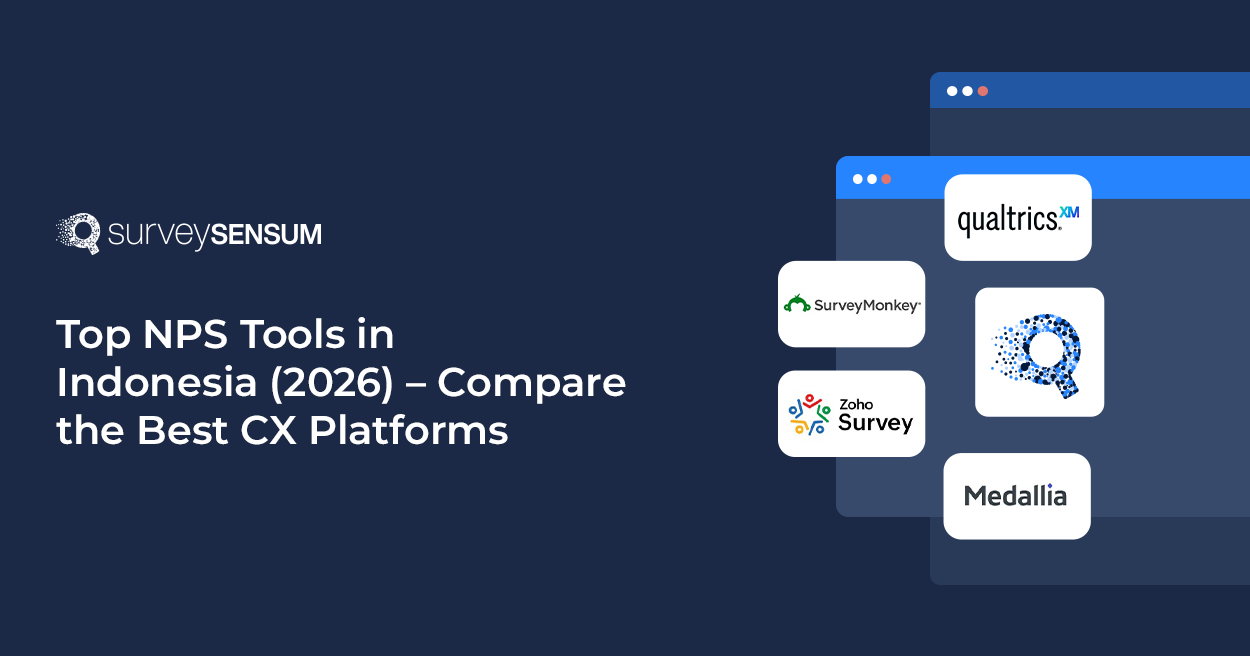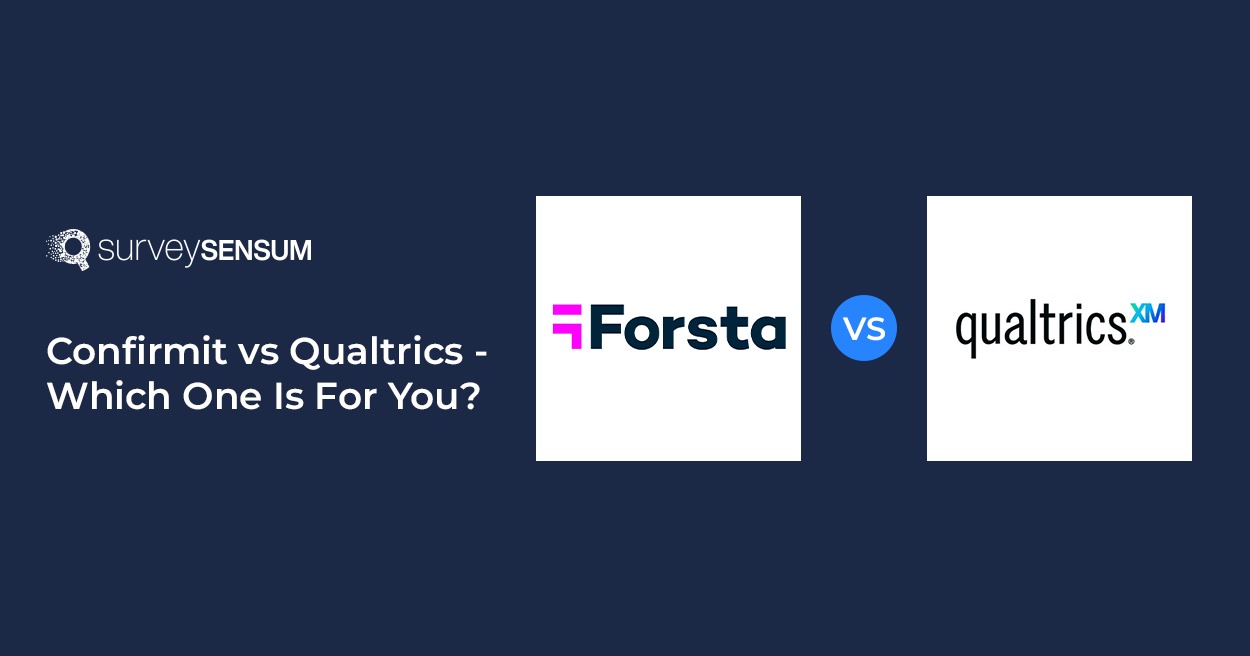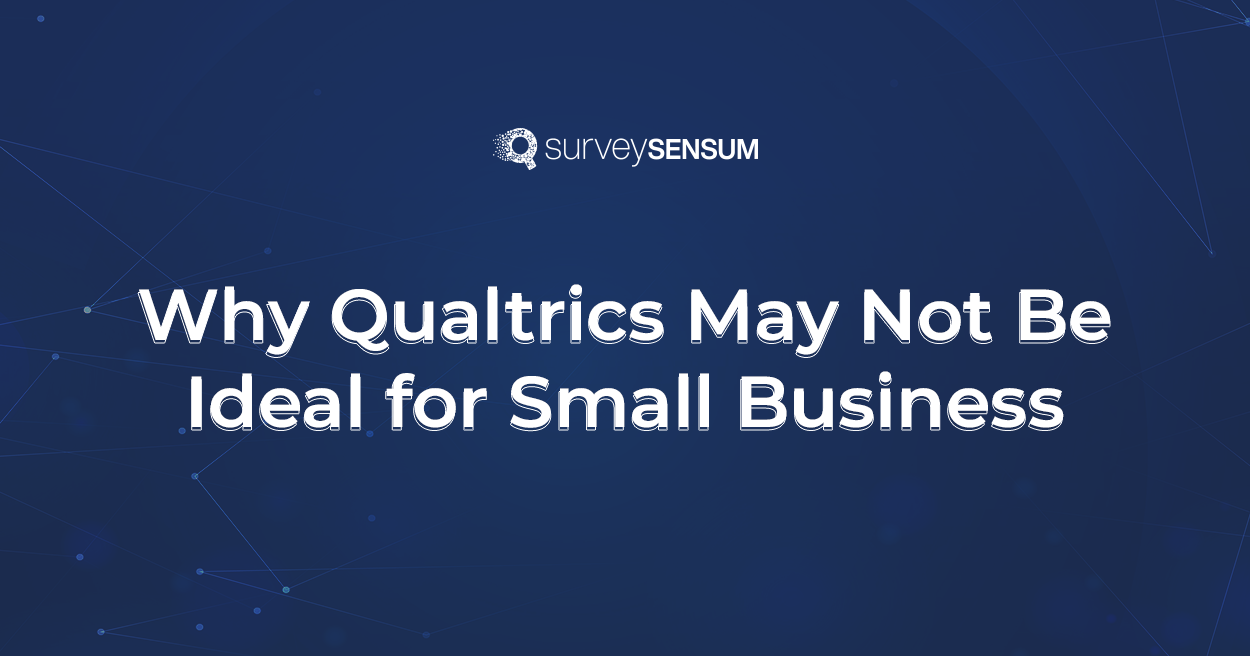

Before customers talk to you, they talk about you, on Facebook.
Facebook is the customer review heavyweight champion, owning nearly 20% of all online reviews worldwide.
Every “I loved the service!” or “Never coming back” isn’t just chatter. It’s data.
Data that tells you what’s working, what’s broken, and what’s costing you customers.
But let’s be honest, who has the time (or patience) to scroll through hundreds of reviews, tag every complaint, and track patterns across stores or regions?
That’s exactly what Facebook review analysis solves.
Combining AI with real-time social media review analytics helps you get insights, figure out how people feel, and make smart, customer experience-driven choices.
Let’s break that down and see what it means.
What is Facebook Review Analysis?
Facebook review analysis is the process of collecting and interpreting customer feedback left on your Facebook business pages, whether that’s recommendations, comments, or star ratings (remember, stars phased out in favor of yes/no recommendations).
Say you run an organic grocery chain. People who write reviews say they like your fresh food, but they also say that you often run out of stock and that the checkouts are slow. When you look at it all to analyze Facebook reviews, you can see clear patterns that show you where to improve your inventory and speed up service.
In short, Facebook review analysis turns a lot of customer feedback into clear, useful information that helps you make customers happier, keep them, and build loyalty.
Now that you know what Facebook review analysis really means, let’s explore how you can do it, manually, or with the powerful boost of automation.
Manual vs Automated Facebook Review Analysis – What’s the Difference/ Manual vs Automated Facebook Review Analysis
Manually analyzing Facebook reviews means relying on human judgment to comb through vast, unstructured customer feedback. This process is inherently slow, prone to bias, and struggles to scale effectively.
Now, multiply that effort by hundreds of reviews across multiple locations every week. The sheer volume quickly overwhelms manual capabilities, leaving critical insights buried or overlooked.
This is where automation transforms the game.
Automated Facebook review analysis leverages advanced AI techniques, including machine learning and natural language processing (NLP), to process large volumes of unstructured text instantly. It accurately classifies sentiment, identifies common themes, flags urgent customer issues, and tracks changes in customer experience over time across regions and product lines.
| Aspect | Manual Review Analysis | Automated Review Analysis |
| Process | Human reading and interpretation of reviews one by one | AI-powered analysis tools use Natural Language Processing (NLP) and Machine Learning to analyze reviews in bulk |
| Speed | Slow, especially with high review volumes | Near-instant analysis of thousands of reviews |
| Scalability | Difficult to scale beyond small volumes | Easily scalable across multiple locations and markets |
| Accuracy | Prone to human bias, fatigue, and oversight | Consistent, objective, and accurate sentiment classification |
| Depth | Limited to obvious keywords or manual tagging | Detects nuanced sentiment, emerging trends, and hidden themes |
| Real-time Monitoring | Impractical for continuous, up-to-date feedback | Provides real-time alerts and dashboards |
| Resource Investment | Requires significant time and labor | Automates routine analysis, freeing up human resources |
| Example | A local organic store owner manually reads 50 weekly reviews to find complaints | A national organic grocery chain uses AI to analyze 10,000+ Facebook reviews across stores instantly and flags inventory issues |
| Outcome | Slower response to customer issues and market trends | Faster decision-making, improved customer experience, reduced churn, and higher profitability |
Manual review is personal but painfully slow. Automated Facebook review analysis is fast, scalable, and precise — but may miss the emotional nuance in rare cases.
The sweet spot? Combine both.
Let automation do the heavy lifting. Then, dip into specific comments manually when deeper exploration is needed. Choosing the right strategy depends on your brand’s specific needs and resources available for analysis.
Now that we’ve cracked the manual vs automated debate, let’s dive into why Facebook review analysis is essential in 2025.
Why Facebook Review Analysis Is a Game-Changer for Customer Experience
Did you know that Facebook has over 3 billion monthly active users? Among various platforms, Facebook stands out as a treasure trove of customer sentiment through reviews. Facebook review analysis can offer critical insights that directly affect your bottom line. Let’s dive into the key benefits of Facebook review analysis.
1. Understand Customer Sentiment
1 in 3 people use the platform to look for Facebook reviews and recommendations. So, each customer review on Facebook carries emotions, whether positive, negative, or neutral. A 4.5-star average rating looks nice, until you realize 30% of the comments are about late deliveries.
With Facebook review analysis, you can go beyond vanity metrics. By applying NLP and sentiment tagging, you can detect exactly why users feel the way they do and how it affects repeat purchases or cancellations.
Overwhelmed by Facebook reviews piling up? Let SurveySensum’s AI take charge, automatically tagging, categorizing, and analyzing sentiment with 99% accuracy.
2. Track Shifting Customer Expectations in Real-Time
Approximately 66% of Facebook users share their purchase experiences on the platform. These candid reviews provide a window into customer satisfaction and their sentiment shift.
What delights people in Q1 could frustrate them in Q3 if expectations change or competitors step up their game. That’s where real-time Facebook review analysis shines, it helps brands adjust at the speed of sentiment.
3. Benchmark Smarter Using Your Competitor’s Reviews
When one-third of global users use Facebook for recommendations, they’re comparing your reviews with your competitors’. Facebook review analysis helps you identify where you’re winning and where you’re falling short. Your customers are reviewing you. But guess what? Your competitors’ customers are doing the same. And those Facebook reviews? They’re public.
With AI-powered Facebook review analysis, you can analyze not only your reviews but also compare themes, sentiment, and gaps in competitor feedback to spot positioning opportunities.
4. Drive Loyalty, Reputation, and Revenue — Together
At the end of the day, analyzing Facebook reviews is not just about the reviews. It’s about the experience behind them. With 52% of consumers saying Facebook reviews influence their purchases, each comment has the power to make or break a sale.
By identifying what’s blocking conversions, unclear pricing, shipping delays, or missing features, you can optimize the buyer journey straight from the source.
When you respond faster, fix what’s broken, and build what users want, you earn trust. And trust leads to customer loyalty. And loyalty? That leads to repeat revenue.
To turn all these insights into action, though, you need more than just data, you need the right tool that can decode it all at scale, in real time. That’s where SurveySensum comes in.
Let’s explore how it helps you conduct Facebook reviews analysis effectively.
How SurveySensum Helps with Facebook Review Analysis
Your Facebook reviews are public, emotional, and brutally honest, a goldmine of customer insight if tapped right. SurveySensum equips you with the exact tools to turn those scattered reviews into structured action.
1. Real-Time Sentiment Analysis That Goes Beyond the Basics
Let’s say you’re managing a nationwide fitness studio chain. Every week, your Facebook page gets flooded with reviews, “Love the spin classes,” “Locker rooms need cleaning,” “Front desk was rude.”
Now, most tools just flag these as positive or negative.
SurveySensum goes deeper:
- Sentiment Analysis: Detect and classify a full range of emotions so that you can group recurring complaints and see sentiment trends by location, product, or team.
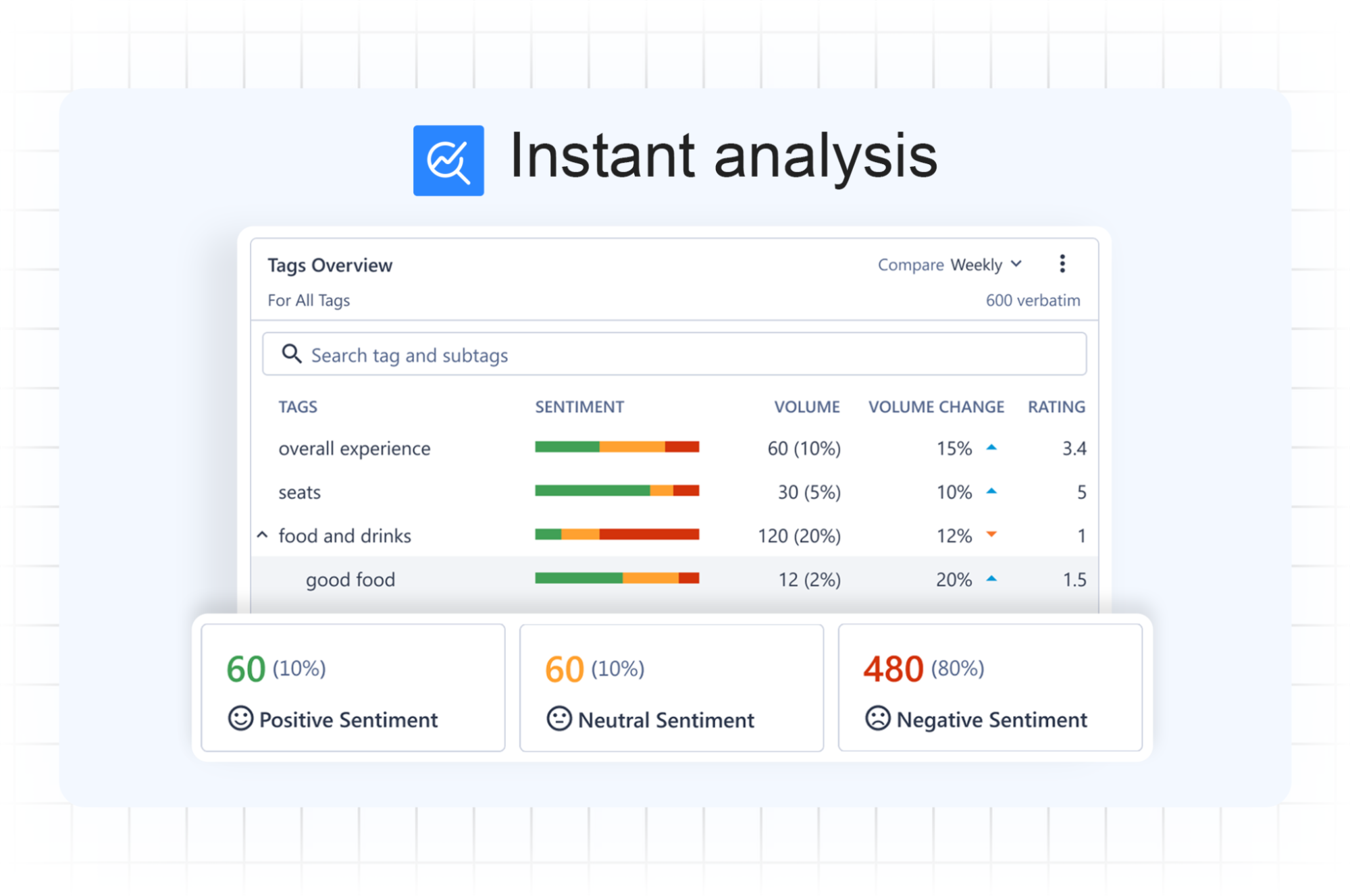
- AI-Based Tagging & Word Spotting: SurveySensum tags them by topics like “class quality,” “cleanliness,” or “staff behavior,” even catching subtle mentions like “locker rooms smell off.” Let AI sort through thousands of reviews, so you can focus on delighting your customers.

- AI Trained for You, by You: Whether “PT” means personal trainer or physical therapy, you can teach SurveySensum your terminology. The more feedback it processes, the smarter it becomes for your business.

Why it matters: You don’t just react to one complaint, you detect patterns before they blow up. One gym branch slipping on hygiene? Flag it, fix it, and move on before it impacts your review and ratings.
2. Seamless Integrations with Facebook, CRM, and Survey Data
SurveySensum integrates directly with Facebook and popular CRM tools like HubSpot, Salesforce, and Zendesk. That means review data doesn’t sit in silos, it becomes part of your customer intelligence. SurveySensum takes it a step further by gathering both structured and unstructured feedback from all customer touchpoints, empowering brands to make smarter, quicker decisions.
- Profile Mapping: Connect reviews to individual CRM records to know exactly who’s sharing feedback and what their purchase journey looks like.
- Customer Segmentation: Analyze feedback by demographics, purchase behavior, or region. For example, identify that negative reviews about delivery delays are mostly coming from Tier 2 cities.
- Full-Funnel Visibility: Combine Facebook reviews with NPS/CSAT survey data. For instance, a customer might give a 9/10 NPS score but post a comment about the packaging, showing you loyalty and a pain point.
By tying reviews to customer context, teams can make better decisions, from product packaging changes to support response optimization.
3. Custom Dashboards and Intelligent Alerts for Every Team
SurveySensum turns Facebook review insights into action with role-specific dashboards and automated alerts designed for your business structure.
Let’s say you’re managing customer experience for a global electronics retailer with hundreds of stores, from Mumbai to Manchester. Facebook reviews are pouring in: “Store staff was helpful,” “TV display section was messy,” “Checkout took too long.”
SurveySensum turns this chaos into clarity:
- Role-Based Dashboards: Store managers receive location-specific Facebook reviews, like repeated complaints about long wait times at checkout in Delhi. Product teams get feedback clustered around SKUs, like, “Bluetooth headphones” flagged for “bad pairing” issues across Europe.

- Detractor Alerts: Not all feedback needs an immediate response, but negative Facebook reviews? Those can’t wait. For instance, if a Facebook review comes in from a known customer who gave you a low NPS score last month (a detractor), SurveySensum flags it instantly. It creates a ticket, and routes it to the right team. From there, it tracks resolution to ensure timely follow-up. This shifts your approach from reactive support to proactive retention, driving accountability, faster resolution.

- Breakdown Analysis at Every Level: Not all negative Facebook reviews are created equal. SurveySensum lets you break things down by:
-
- Region (Why are Chennai reviews more negative than Bengaluru?)
- Manager (Is one outlet underperforming on service?)
- Product (Are more people unhappy with the latest smartwatch model?)
- Survey Questions + Reviews (Did your NPS drop coincide with an increase in complaints about return policy?)

Why it matters: You’re getting insights across every level of your business. From local tweaks to global strategy, SurveySensum empowers every team to act on what matters.
You’ve got the reviews. You’ve got the tools. Now what, hop on to the next.
Top 5 Best Practices for Facebook Review Management
Here’s how to turn your Facebook feedback into a CX superpower with smarter responses, faster action, and strategies that work.
1. Respond Fast, But Meaningfully
Speed matters, but so does empathy. Use AI-powered templates to reply quickly, but always add a personal touch that shows you truly care. Customers notice when you listen, not just reply.
2. Integrate Reviews with Customer Data
Connect Facebook reviews with your CRM and other feedback channels to get a 360° view of the customer. Tailor your responses and fixes based on purchase history, preferences, and past interactions.
3. Use Review Insights to Drive Product & Service Innovation
Analyze recurring themes in reviews to uncover unmet needs or pain points. Let real customer voices shape your roadmap, innovation driven by genuine feedback stays ahead of competitors.
4. Encourage Authentic User-Generated Content
Create campaigns that invite customers to share honest experiences and photos. UGC boosts trust and engagement far beyond traditional ads and Facebook’s algorithm loves it too.
5. Maintain Transparency & Build Trust
Showcase how you act on feedback publicly, post updates, thank reviewers, and share success stories. Customers want brands that don’t just talk but walk the talk.
Wrapping Up
Facebook reviews are your customers’ unfiltered voice. Mastering Facebook review analysis means decoding that voice with intelligence, leveraging cutting-edge Facebook sentiment analysis and powerful social media review analytics to uncover insights others miss.
SurveySensum is your AI-driven powerhouse that transforms raw reviews into clear, real-time intelligence. It smartly tags, categorizes, and prioritizes feedback, empowering your team to respond swiftly, anticipate issues, and drive growth across every product and region.
From Stars to Stories, Uncover What Your Facebook Reviews Are Really Saying Using SurveySensum’s AI Engine.
FAQs on Facebook Review Analysis
A Facebook review is a public recommendation or comment a user leaves on a business’s Facebook Page. It usually includes a star rating (or “Yes/No” recommendation) and a written comment. Think of it as social proof, as these reviews influence other potential customers, shape your online reputation, and give businesses real feedback to improve products, services, or customer experiences.
Review analysis is the process of collecting, sorting, and understanding customer feedback left in online reviews. Instead of reading each comment manually (which, let’s be honest, no one has time for), businesses use AI tools to:
- Detect sentiment (positive, negative, neutral)
- Identify common themes (like delivery, pricing, or customer service)
- Spot trends over time (like rising complaints about a new feature)
When applied to social media, Facebook review analysis helps businesses uncover what’s driving loyalty, or churn, straight from the customer’s own words.
If you only get a handful of reviews, maybe. But once the numbers climb, manual analysis becomes slow, messy, and easy to miss important stuff. Automated Facebook review analysis uses AI to speed things up, catch subtle emotions, and scale across locations or products, without human errors.
Facebook analysis refers to evaluating data on how people engage with your business on the platform, from likes, shares, and comments to customer reviews and recommendations.
But when we’re talking Facebook review analysis, it’s more focused: You’re digging into what customers say in their reviews to learn what they love, where they’re frustrated, and what could win them over.
Facebook review analysis is the process of examining customer reviews on Facebook using tools like SurveySensum to extract meaningful insights. It helps brands understand customer sentiment, identify pain points, and improve customer experience by leveraging advanced Facebook sentiment analysis and social media review analytics.
Conducting Facebook sentiment analysis means using AI to detect the emotions behind user comments, posts, or reviews. For Facebook reviews specifically, it helps brands understand if customers are happy, frustrated, confused, or excited, even when they don’t say it outright.
Social media review analytics refers to the process of collecting, analyzing, and extracting insights from customer reviews posted on platforms like Facebook, Instagram, X (formerly Twitter), and YouTube. These analytics help brands understand what customers are saying about their products, services, and overall experience






